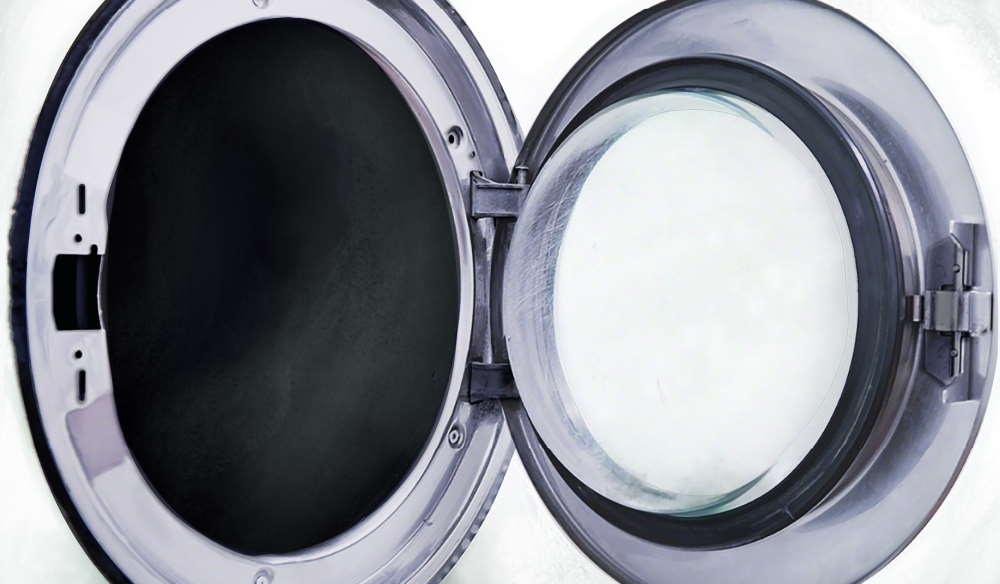As the winter months come to an end, the time has come to start thinking about the laundry days ahead. With the weather getting warmer and the days getting longer, an electric clothes dryer can be the perfect solution for all your laundry needs.
Electric clothes dryers are a must-have appliance in any home. They provide a fast and efficient way to dry clothes in a short amount of time and with minimal effort. With an electric dryer, you can say goodbye to having to hang wet clothes up in a line or wait in line at the laundromat.
An electric dryer is arguably an energy-efficient alternative to a traditional gas dryer. By using electricity instead of gas to heat the air, an electric dryer can save you money on your energy bill. Additionally, electric dryers are more environmentally friendly since they don’t emit any carbon dioxide or other greenhouse gases.
Moreover, electric dryers come with a variety of features that allow you to customize your drying experience. Many models come with adjustable temperature settings, so you can customize the heat to your specific needs. There are also settings for wrinkle-reducing and anti-shrink cycles and timed cycles for convenience.
Whether you’re looking to save money, and time, or simply make your laundry day more efficient, an electric clothes dryer can be the perfect addition to your home. With various features and energy-saving options, an electric dryer can help make your laundry days a breeze.
How does an electric clothes dryer work?
An electric clothes dryer works by using an electric motor to turn a belt that moves a drum. Inside the drum are fins that cause air to move through the drum, picking up the moisture from the clothes. The air is then heated by an electric heating element and passed through the drum again, this time evaporating the moisture from the clothes. Finally, the air is exhausted from the dryer through a vent.
By drawing in air, heating it up, and then circulating it through the clothes in the dryer. The air is heated by an electric heating element and then forced into the tumbler. Moisture from the clothes is removed by the heated air and then vented outside. The hot air is then drawn back into the dryer and the process is repeated until the clothes are dry.
Replacement parts for an electric clothing dryer
Common replacement parts for an electric clothes dryer include heating elements, thermostats, thermal fuses, drum rollers, door switches, dryer belts, blower wheels, and lint filters.
Electric vs Gas clothes dryer
Electric clothes dryers can be more energy-efficient and cost-effective than gas clothes dryers. Electric dryers run on electricity, which is generally a cheaper energy source than natural gas. Electric dryers also tend to heat up faster, so clothes dry faster and require less energy. However, gas dryers are typically more powerful and dry clothes faster, which can be useful for large loads. In addition, gas dryers are usually more affordable upfront than electric dryers.
Electric clothes dryers use electric heating elements to warm the air inside the dryer drum. A fan then circulates the warm air around the clothes, causing the moisture to evaporate. The evaporated moisture leaves the dryer through a vent.
Electric dryers tend to cost more than gas dryers up front, but they can be more energy efficient. They are also usually quieter than gas dryers and require less maintenance.
